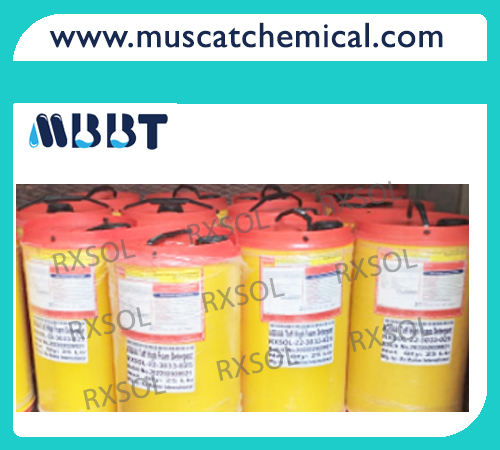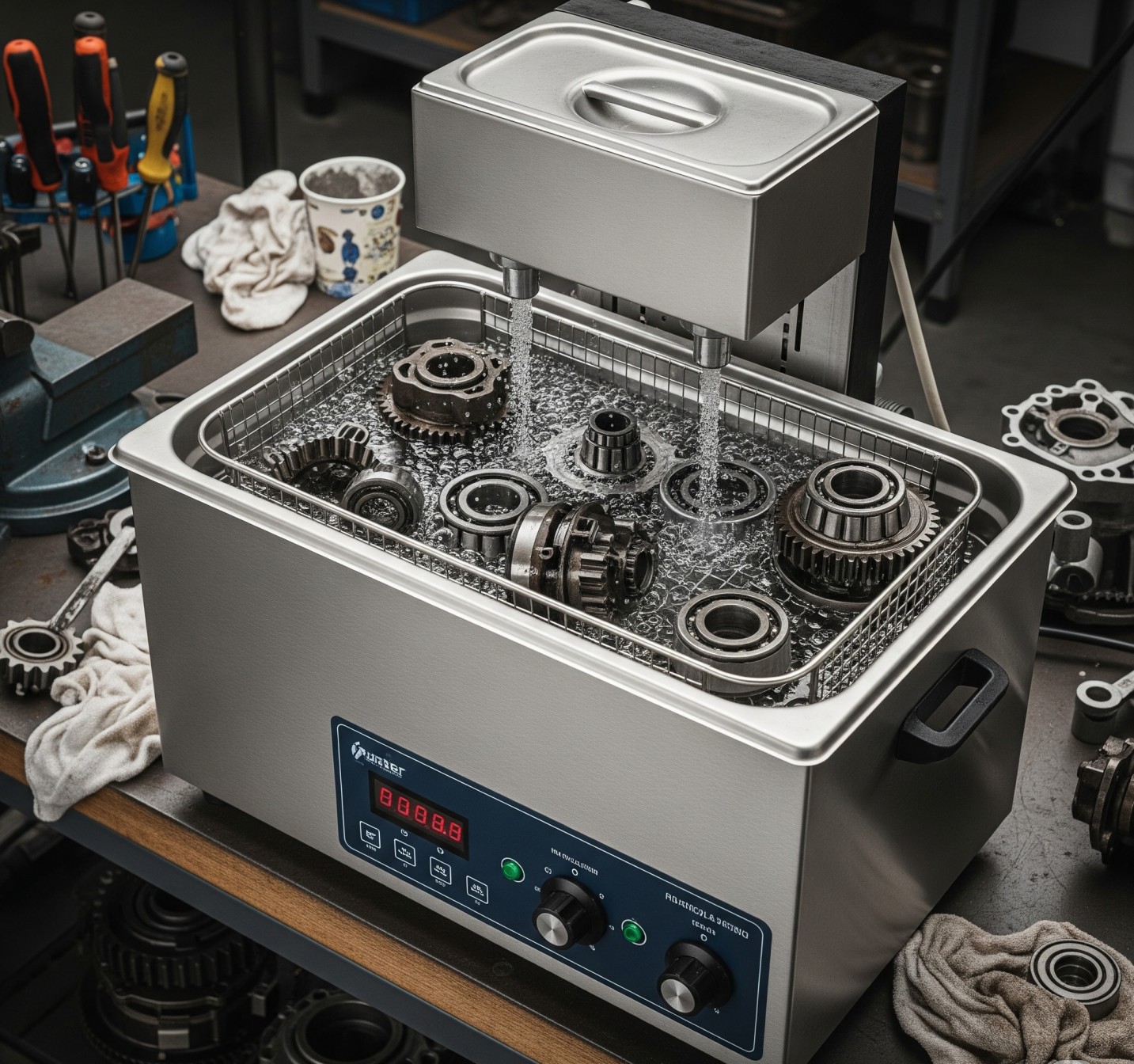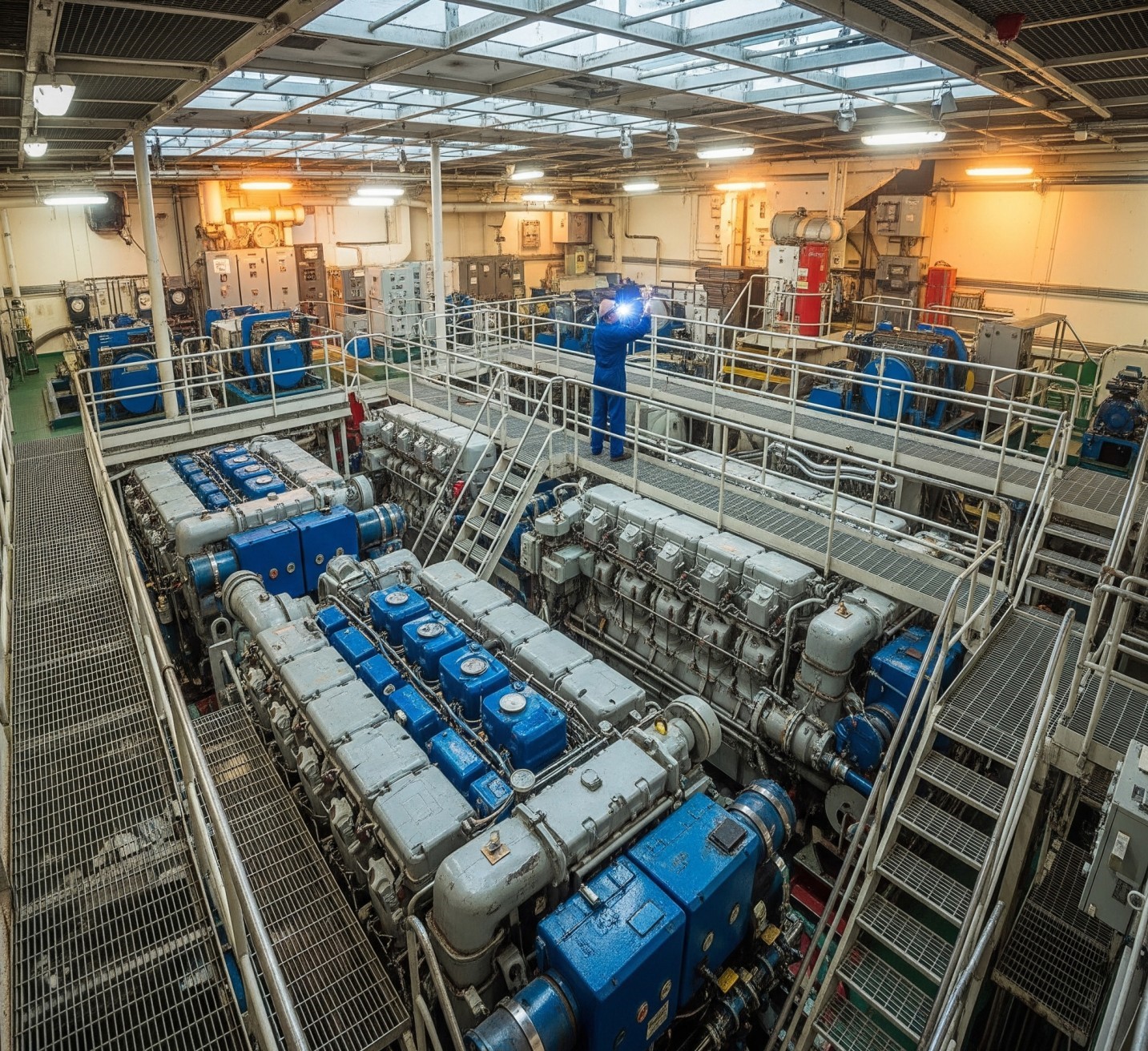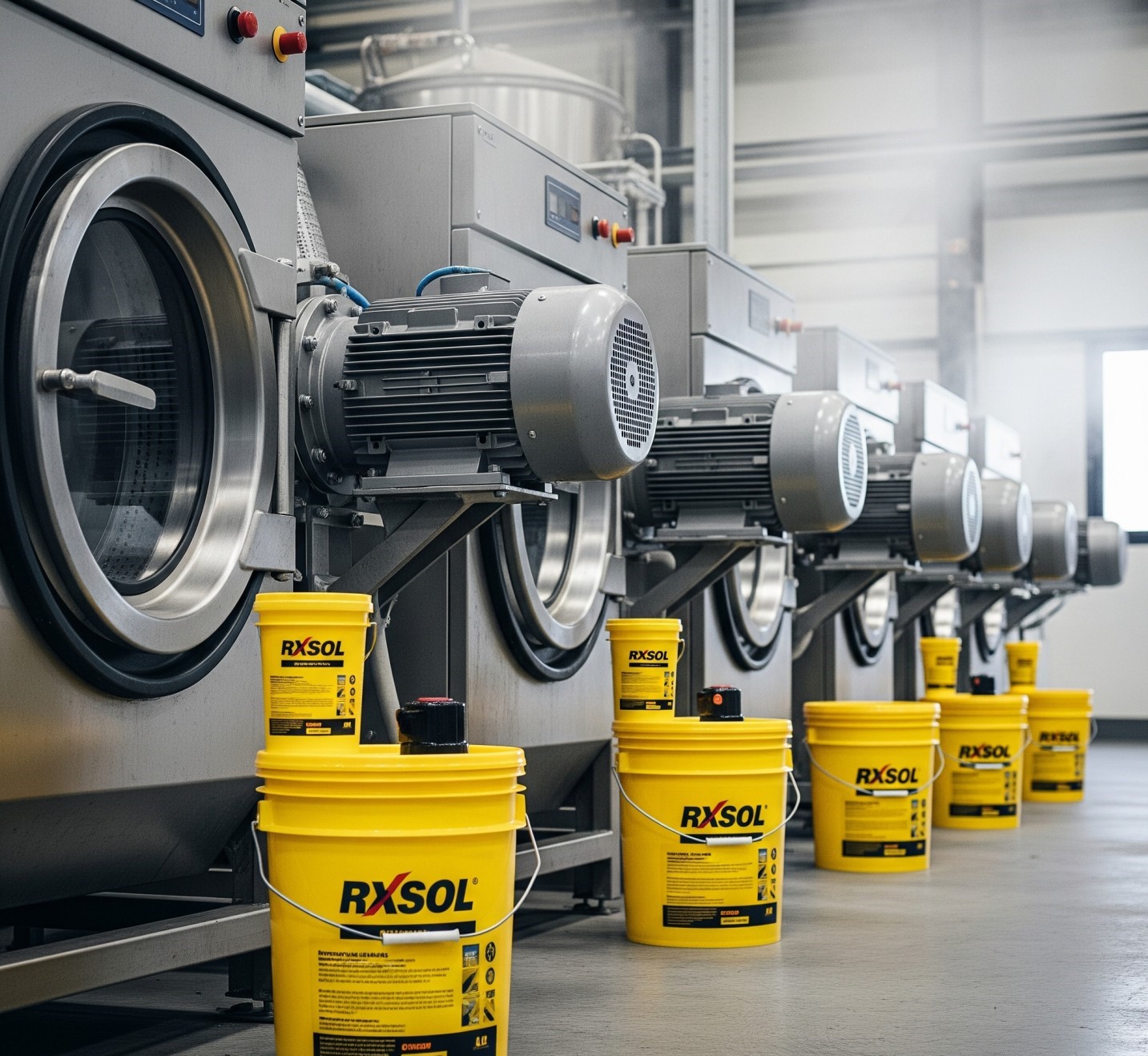
An acidified sample containing a starch indicator is titrated with a standard potassium iodide-iodate titrant to a faint permanent blue end point which appears when the reducing power of the sample has been completely exhausted.
This method is applicable to drinking and surface waters, sewage and industrial wastes. The primary application has been to cooling,process and distribution water systems and boiler feedwaters to which sulfide is added in order to reduce dissolved oxygen and eliminate corrosion.
The minimum detectable limit is 2-3 mg/L SO3
Interferences and precaution of test :::
The temperature of the sample must be below 50°C.
Care must be taken to allow as little contact with air as possible. For example, do not filter the sample. Keep the buret tip below the surface of the sample.
Other oxidizable substances, such as organic compounds, ferrous iron and sulfide are positive interferences. Sulfide may be removed by adding 0.5 g of zinc acetate and analyzing the supernatant of the settled sample.
Nitrite gives a negative interference by oxidizing sulfite when the sample is acidified; this is corrected by either using a proprietary indicator which eliminates nitrite or by adding sulfamic acid.
Copper and possibly other heavy metals catalyze the oxidation of sulfite. EDTA is used to complex metals.
A blank must be run to correct for interferences present in the reagents.
Interferences
The temperature of the sample must be below 50°C.
Care must be taken to allow as little contact with air as possible. For example, do not filter the sample. Keep the buret tip below the surface of the sample.
Other oxidizable substances, such as organic compounds, ferrous iron and sulfide are positive interferences. Sulfide may be removed by adding 0.5 g of zinc acetate and analyzing the supernatant of the settled sample.
Nitrite gives a negative interference by oxidizing sulfite when the sample is acidified; this is corrected by either using a proprietary indicator which eliminates nitrite or by adding sulfamic acid.
Copper and possibly other heavy metals catalyze the oxidation of sulfite; EDTA is used to complex metals.
A blank must be run to correct for interferences present in the reagents




